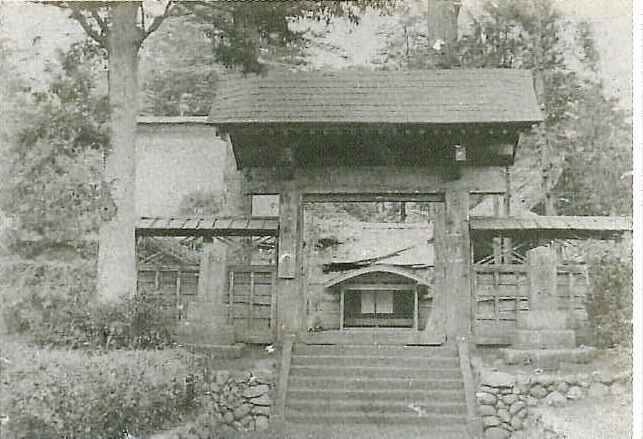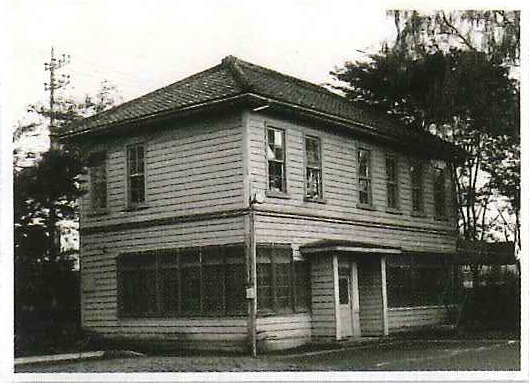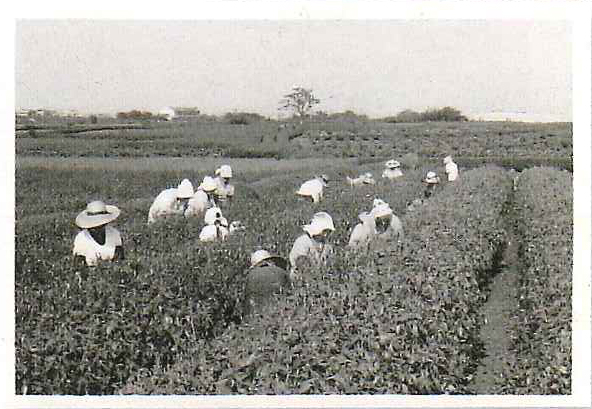
組合役場の置かれた円福寺
(明治末頃。
組合発足当初、役場庁舎は寺院を臨時に利用した。)
Enpukuji Temple where the association office was located
(Circa the end of the Meiji era.
In the association’s early days, the temple building was used as its temporary office.) |
| |

元狭山村庁舎
(日本在来建築工法による洋風建物)
Motosayama village office building
(A western-style building erected with the Japanese conventional method of construction) |
| |
| 江戸幕府が倒れ明治政府が成立すると、廃藩置県によって旧藩は廃止され、明治政府の任命した県令が直接統治する県となった。多摩郡の各村は、紆余曲折の後明治6年に神奈川県に、入間郡の各村は熊谷県(後の埼玉県)に所属した。 | When the Edo Shogunate fell and the Meiji government took its place, the former feudal domain system was abolished and replaced by the establishment of prefectures, governed directly by prefectural governors appointed by the Meiji government. In 1873, after many twists and turns, each village of Tama-gun district was placed under the Kanagawa Prefecture and each village of Iruma-gun given to the Kumagaya Prefecture (later Saitama Prefecture). |
| 明治22年、箱根ケ崎村、石畑村、殿ケ谷村、長岡村は「箱根ケ崎村外三ケ村組合」となる。 | In 1889, the villages of Hakonegasaki, Ishihata, Tonogaya, and Nagaoka formed the "Association of Hakonegasaki village and three other villages". |
| 明治26年、東京市の上水道水源確保の問題から、三多摩郡は神奈川県から東京府に移管され、「箱根ケ崎村外三ケ村組合」も東京府の所管となった。 | In 1893, three Tama-gun districts were transferred from Kanagawa to Tokyo Prefecture due to the need to ensure a water supply source for Tokyo City, and the "Association of Hakonegasaki village and three other villages" also came under the Tokyo Prefecture jurisdiction. |
| 一方、入間郡側の高根村、駒形村、坊村、二本木村、富士山村は明治28年合併し、埼玉県入間郡元狭山村となった。 | On the other hand, the villages of Iruma-gun side, Takane, Komagata, Bo, Nihongi and Fujiyama, merged in 1895 and became Motosayama village, Iruma-gun, Saitama Prefecture. |
| 開国後は茶と絹糸が主用輸出品となり、狭山丘陵南麓でも養蚕や製茶生産を拡大する努力がなされた。 | With the policy of ending isolation, tea and silk became the main export products, and the effort to expand sericulture and tea production was also evident at the south foot of Sayama Hill. |
| |

茶畑と茶摘み風景
(昭和40年代)
Tea plantations and tea-leaf picking scenery
(1965-1974) |